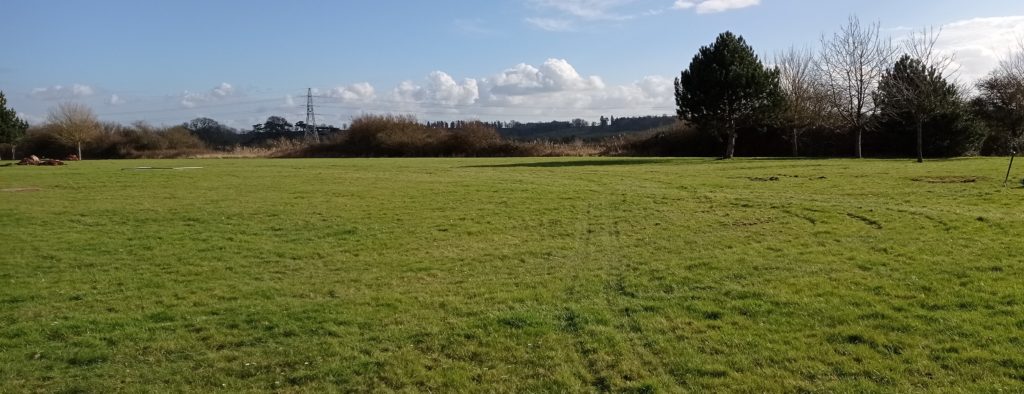
The ultimate purpose of a site investigation is typically to determine whether there is contamination at a site. Where contamination is identified, the investigation should conclude whether the identified levels are considered acceptable or not with regard to potential receptors, such as humans, the environment or buildings. If unacceptable risks are identified, remediation should be undertaken and verified accordingly. The investigation may also include ground investigation techniques to help determine if the ground at the site is strong enough to support proposed new structures.
A site investigation is of paramount importance to help address the uncertainties associated contamination and ground condition.
Even the most seasoned “expert” cannot fully determine the presence or absence of contamination from looking at a site boundary on a map! They may well make an educated guess based on their knowledge of the area or similar land uses, but without progressing along the phases of a site investigation such guesses will yield little value to regulators, site owners or potential purchasers.
A site investigation is important to help determine the level of contamination and what it is impacting at a large industrial plant with a long history of contaminative processes .

Similarly, a site investigation is important to verify a remote “greenfield” site in the countryside is as clean as it looks and isn’t hiding any unacceptable risks!

Sites that have previously been developed may have man-made ground or residue from industry within the soil. This can mean that contamination such as heavy metals, asbestos and hydrocarbons may be present at levels that are dangerous for human health, the environment or the ground can generate ground gas which can build up inside buildings and make occupiers unwell.
Even greenfield sites can pose a unacceptable risks, as soils rich in organic matter can produce harmful asphyxiant or explosive gases.
Contamination can also impact the water environment, harming wildlife and plants.
Geology at the site can also be a problem for new buildings – soft soils and coal mines can cause buildings to subside and certain contaminants can attack concrete foundations.
Latterly, invasive weeds have become a cause for concern as they can be harmful to humans and pose risks to buildings and infrastructure.
2021
Phase 1 Desk Studies / Preliminary Risk Assessments
Do you want an insight on Phase 1 Desk Studies / Preliminary Risk Assessments for Contaminated Land? This eBook has been written specifically for those new to contaminated land and provides an overview for the uninitiated of what steps you need to follow.


